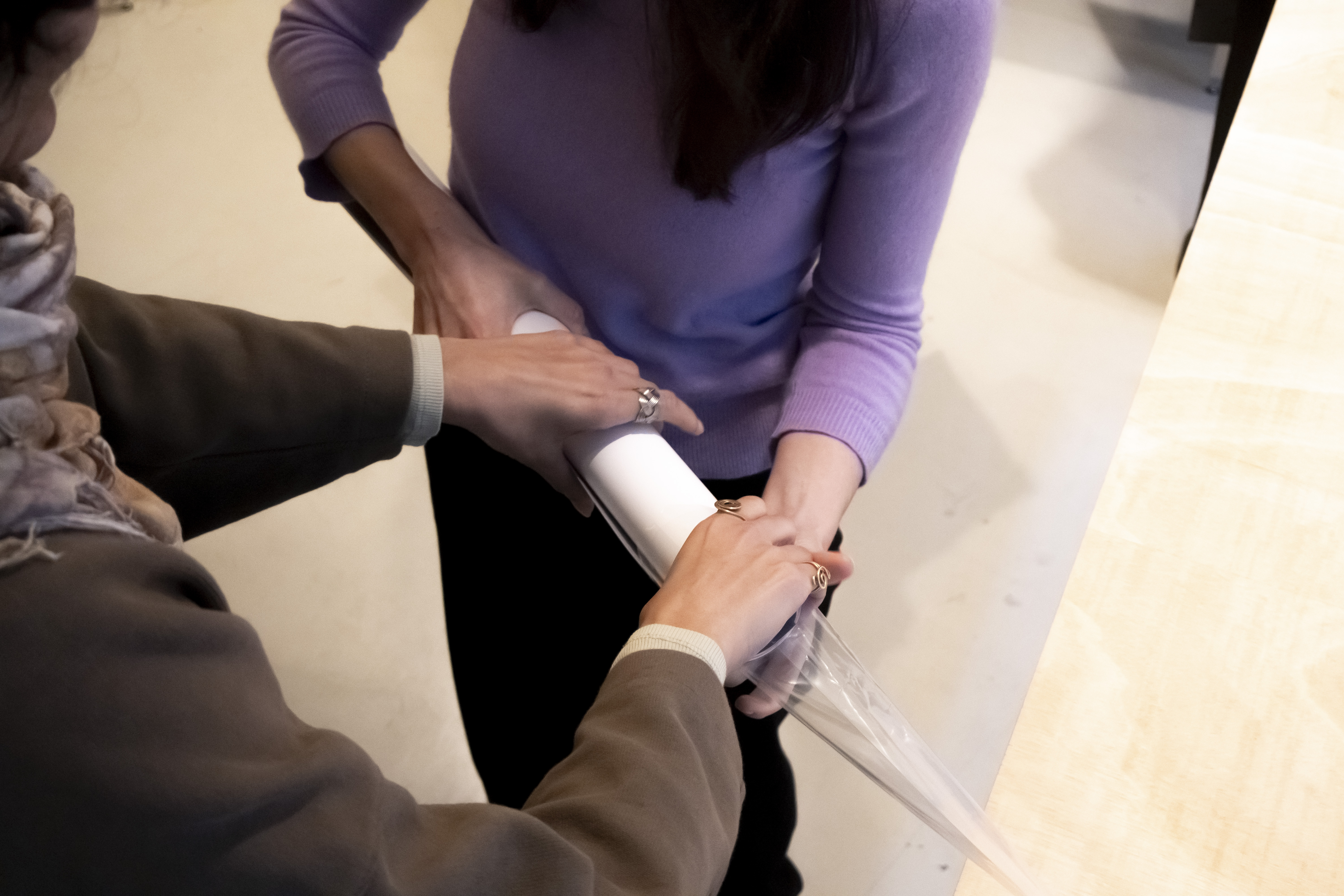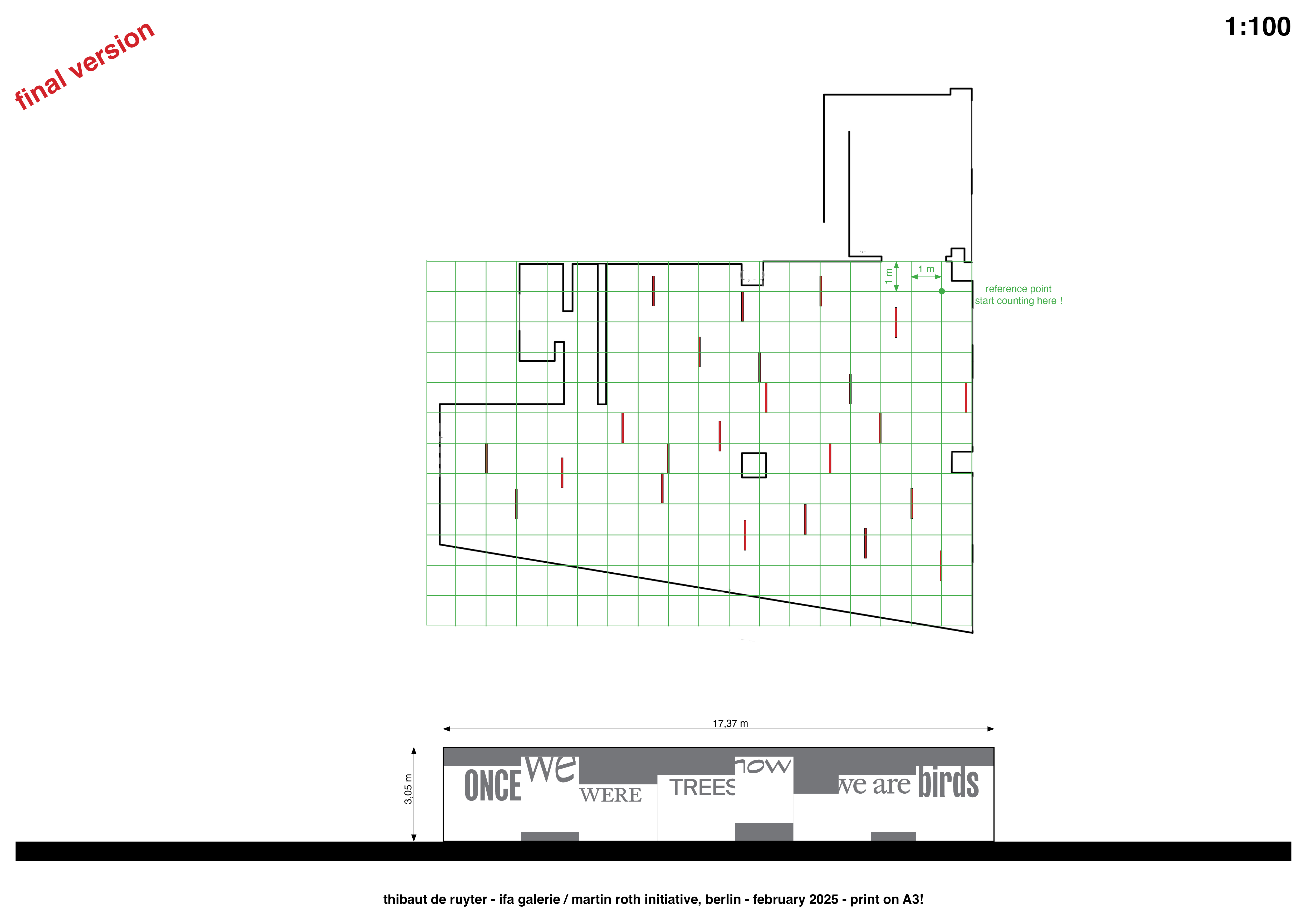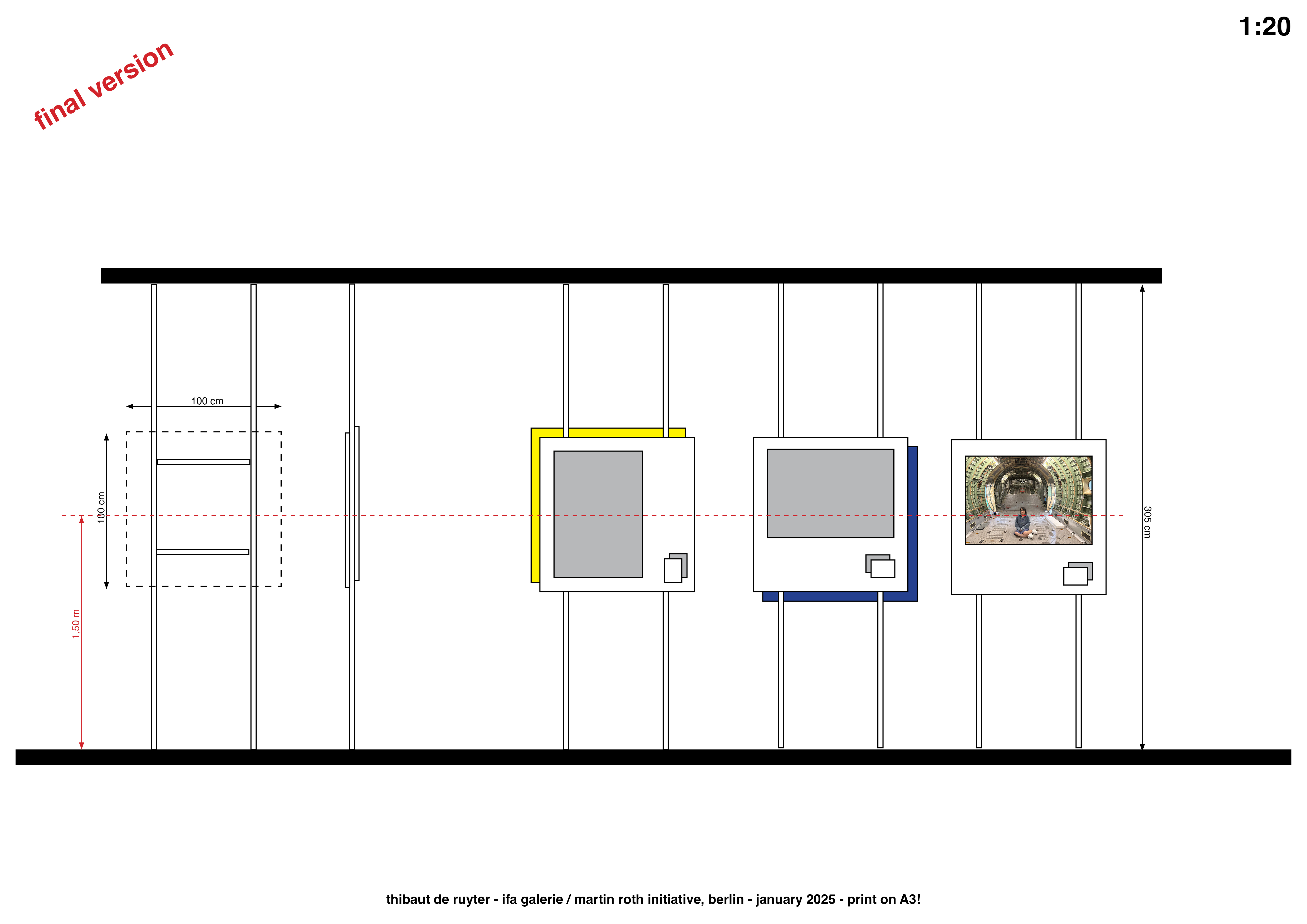Once We Were Trees, Now We Are Birds
For the exhibition, each of the approximately 50 participating artists, performers, writers, dramaturges, photographers, and filmmakers have designed a poster - available for visitors to take home. The individual and collective works are deeply personal. At the same time, they form a collective mosaic of stories that reflect our contemporary world, addressing life’s ruptures and crossroads. How does exile begin and how does it change in the specific context of a new home? In a world where digital images and fake news form an endless stream, capturing and sharing subjective testimony in print can be an act of resistance.


The selected positions are examples of what it means to be an artist in illiberal contexts. Together, they allow for a global comparison of what authoritarian forces do not tolerate – their other – and how artistic resistance unfolds in different countries. Be it in Turkey, Iran, Russia, Myanmar or elsewhere. Consequently, the exhibition addresses questions which go far beyond the Martin Roth-Initiative itself. These issues are becoming increasingly relevant in the so-called West too, as threats to liberal democracy and in particular to artistic freedom are currently growing stronger here as well.
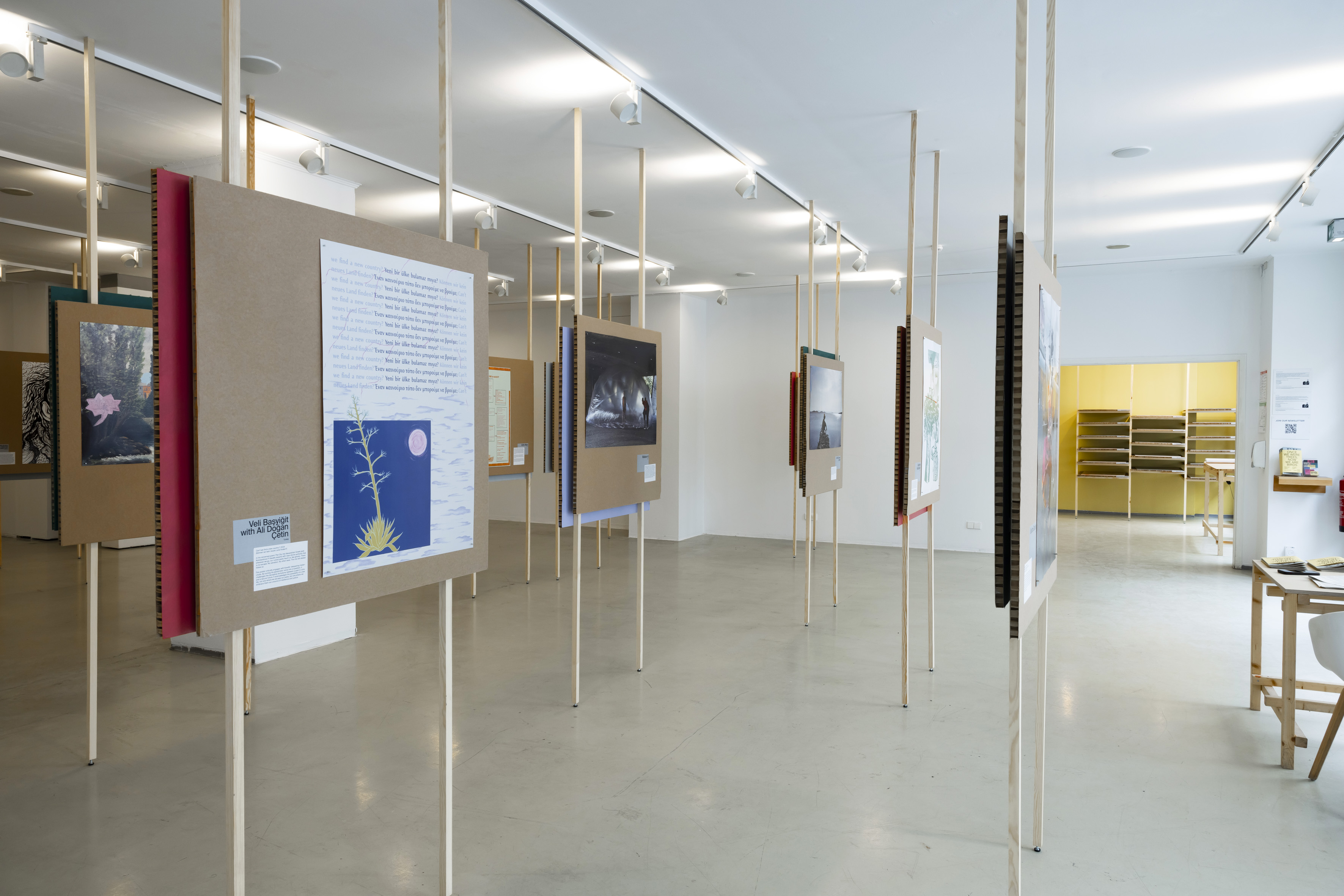
We live in an age of image overproduction. Photographs are shared on the internet, mainly on social media, and often convey more information than words. (Yet, we are all aware of how an image can deceive or become a vehicle for fake news.) On our screens, one image quickly replaces another, making it easy to forget what we’ve seen shortly after. For many, the simple act of printing an image has become obsolete, as they rely on digital devices or cloud storage. In this context, printing—and publicly sharing an image on paper—becomes an act of memory.
Posters have a long history in information dissemination, public statements, and activism. One need only think of the silkscreen productions of l’Atelier Populaire at the École des Beaux-Arts de Paris during the French revolution of May 1968. Additionally, figures like Klaus Staeck and Otl Aicher used posters not just to inform people about events but also to enhance civic education. In 2003 Šejla Kamerić released a poster that was exhibited in museums and in the public space. Denigrating sentences about Bosnian women are superimposed over a black and white portrait of the artist staring straight at the viewer. Taken from graffiti written by an unknown Dutch soldier in 1994–1995, a member of the Royal Netherlands Army who were responsible for protecting the Srebrenica safe area during the Yougoslavian wars, the sentences are revealing the violence of war and against women while the photographs delivers another reality. More recently, in 2019, a young man named Aslan Sagutdinov was arrested in Kazakhstan for holding a blank piece of paper in a public square. His silent protest was too much for the authorities, who futilely searched for a reason to keep him in jail.


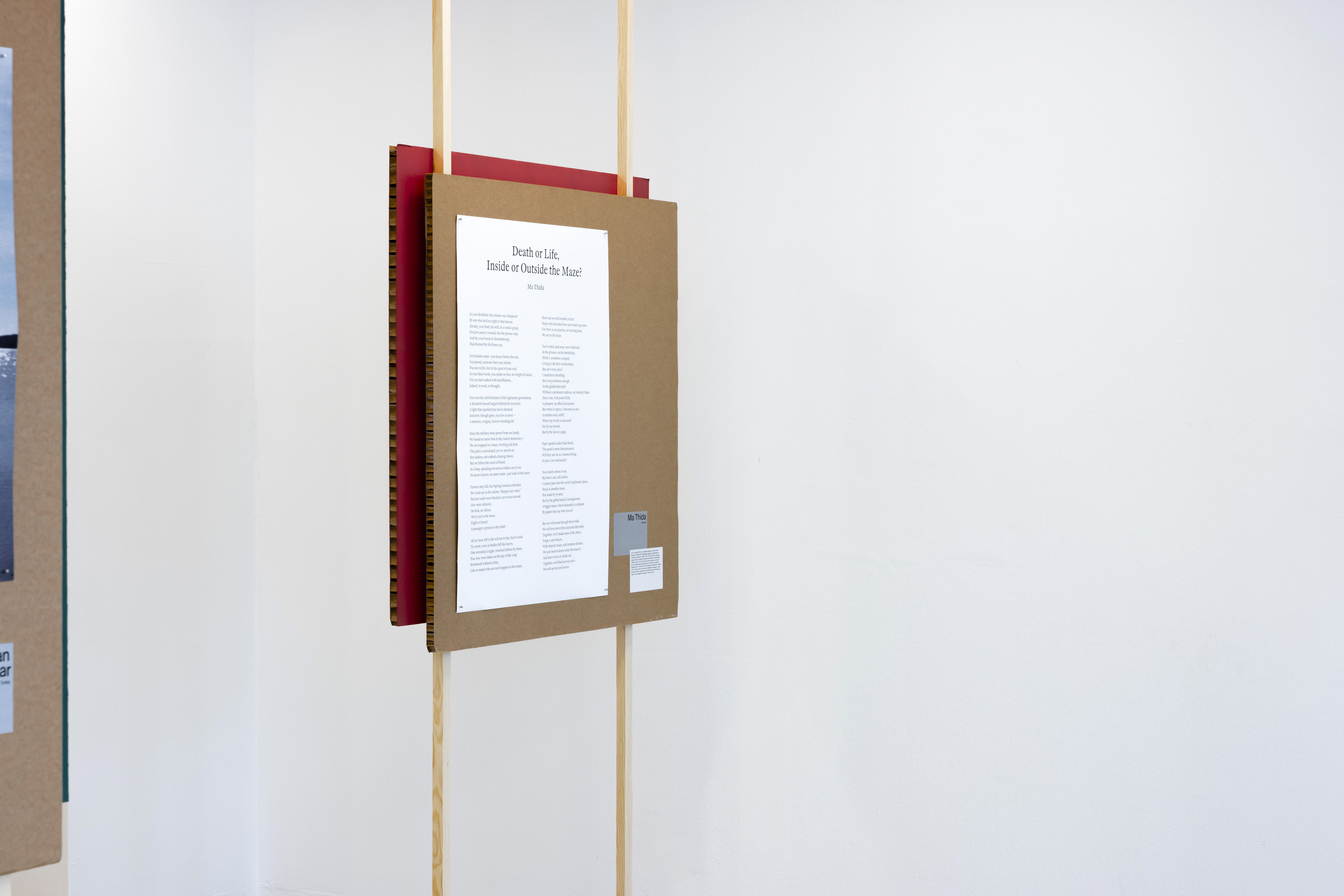



The fellows are asked to create or select an existing photograph, poem, drawing, or artwork that can be printed as an A1 poster. They also add a brief text (around 500 characters) to explain their choice, provide context, and share the idea behind the image. The questions we explore are: What does this image reveal about your country of origin? What circumstances led to your exile? Can an image convey radical changes in life? What does it mean to be creative in an authoritarian or repressive context? Those questions — and others defined by the curators — helped the participants reflect the topics and keywords that federate the Martin Roth Initiative and its activities.
All posters, printed in a run of 100 copies in A1 dimensions (84.1 x 59.4 cm), are available for free to visitors of the exhibition. The exhibition — and the messages of the participtants — leave the gallery space to enter private homes, the public space, and exist outside of the traditional white cube.



